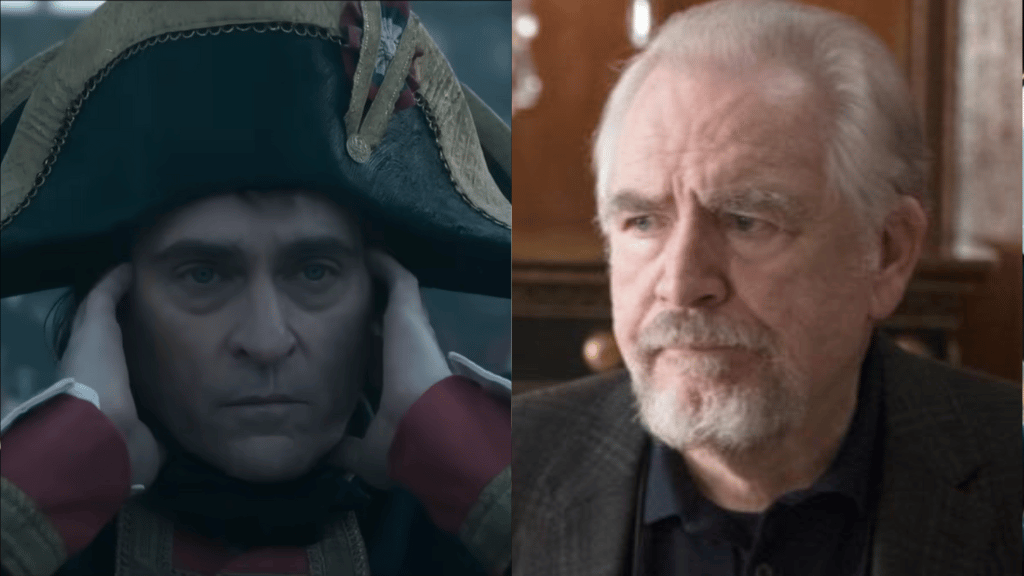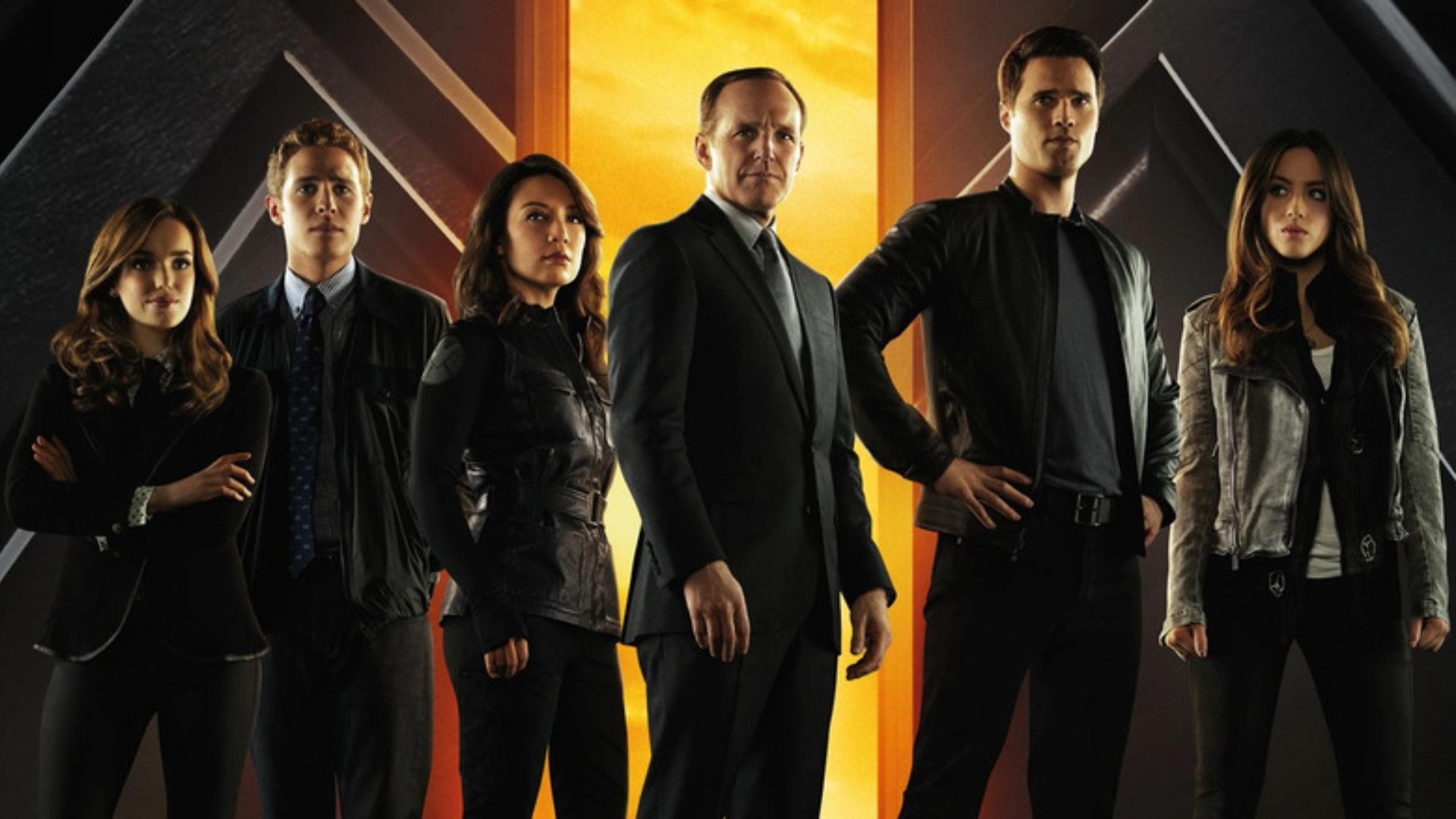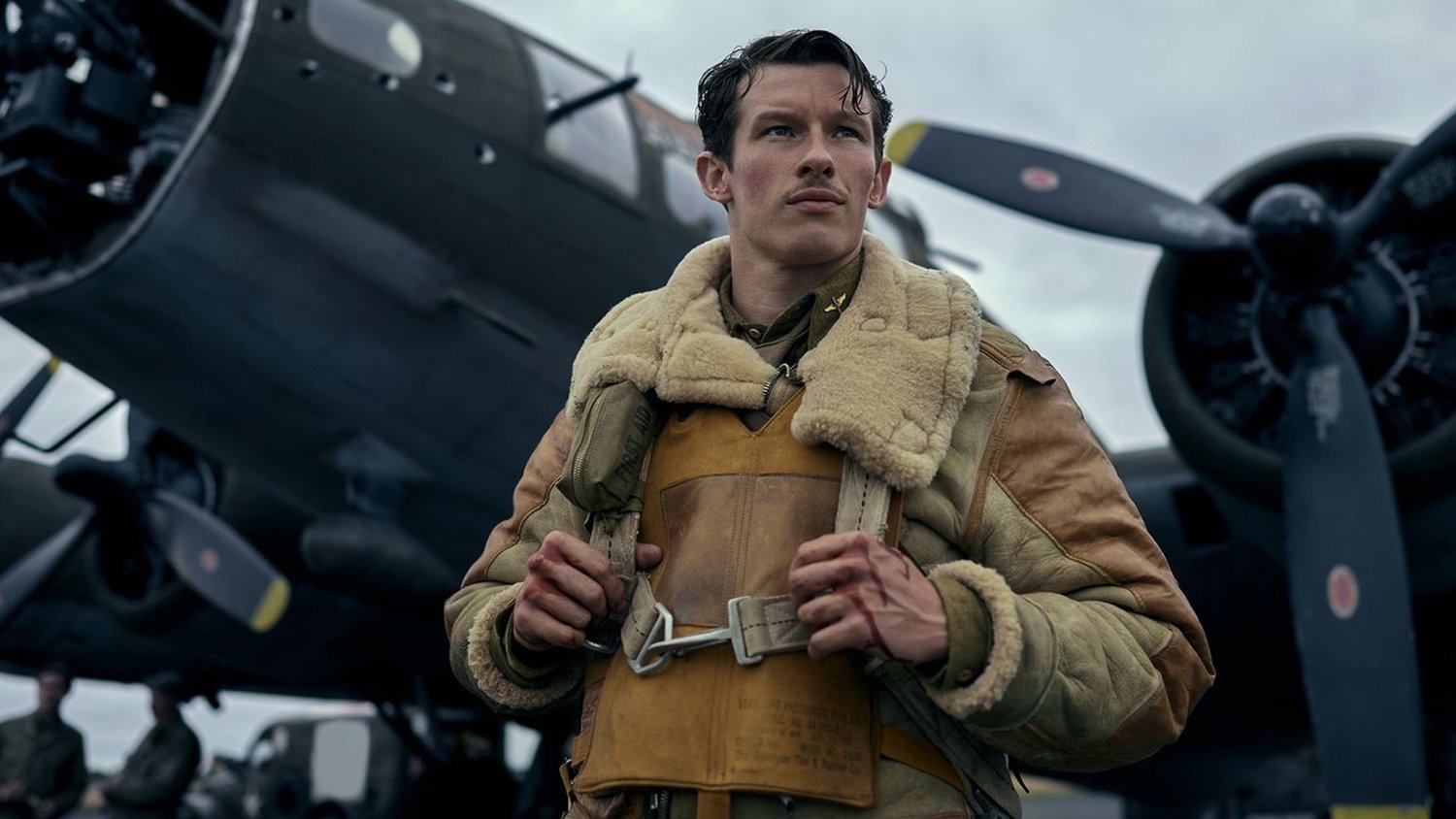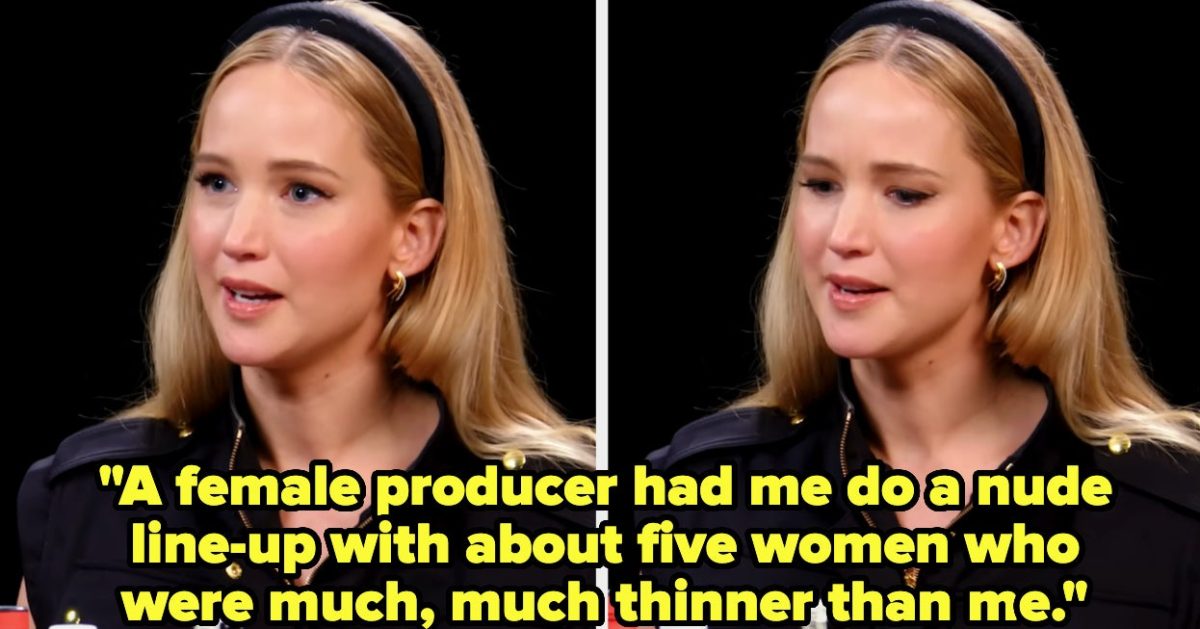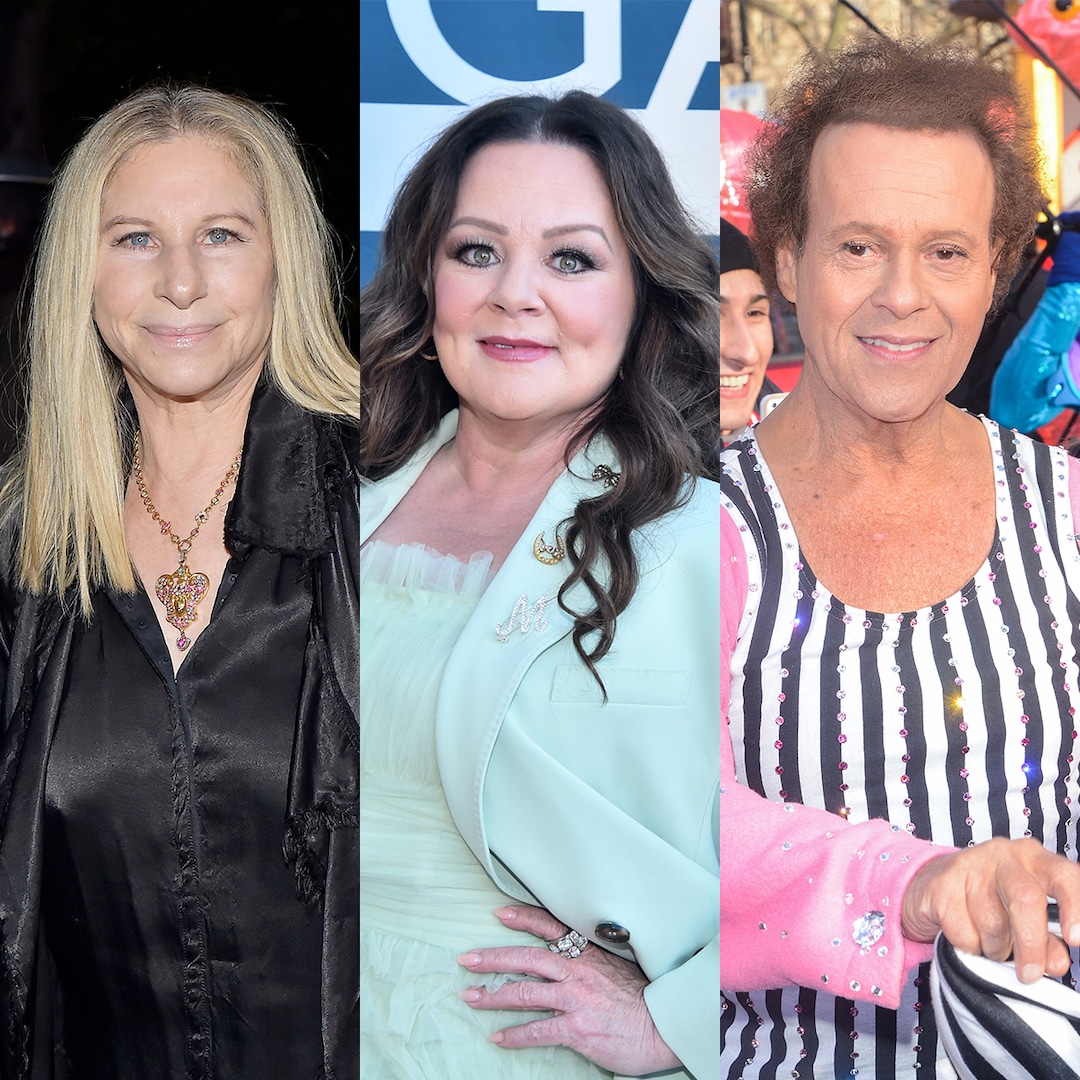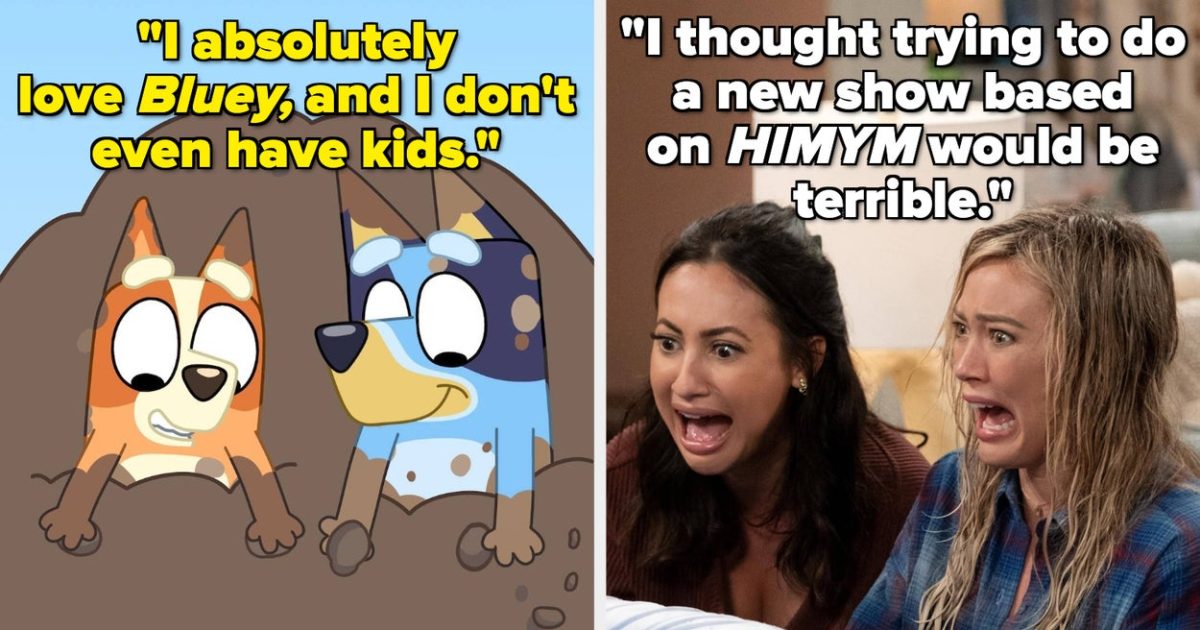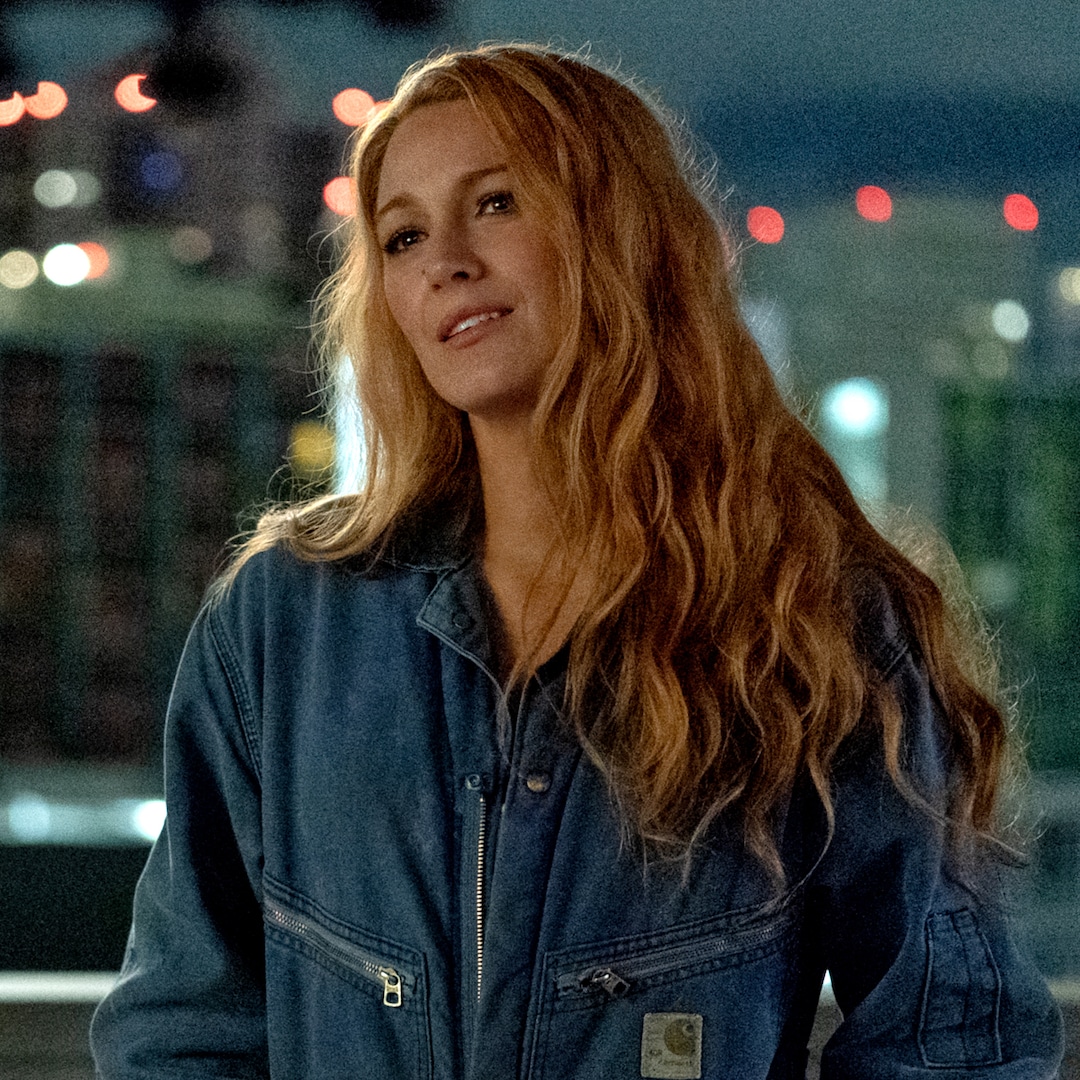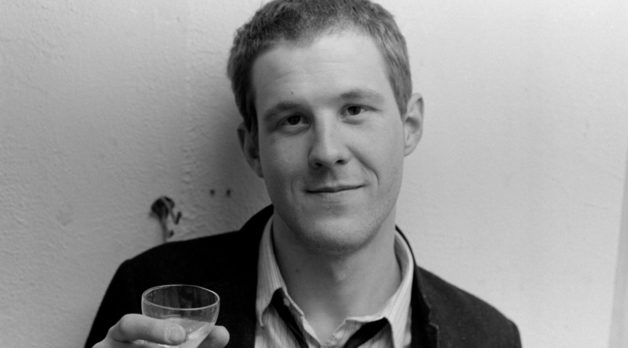
The ’80s NYC Art Scene, DIY Doc Filmmaking and the Hustle of Self-Promotion: Director Brian Vincent and Producer Heather Spore on Make Me Famous
Jul 7, 2023
Edward Brezinski at Club 57, 1981. (Photo ©Kathy Dumas)
There’s a moment early in director Brian Vincent and producer Heather Spore’s documentary Make Me Famous when the ’80s downtown New York artist Edward Brezinski is described by the late artist Duncan Hannah as the guy with the flyers. Brezinski would show up at openings, drink the cheap wine and press flyers for group shows at the Magic Gallery (his own barren apartment on East 3rd Street) into as many palms as possible. In a world where the most successful artists managed to self-promote while simultaneously adopting a pose of understated remove, Brezinski’s old-school hucksterism was memorably uncool.
As the East Village scene went on to produce crossover art stars arising from graffiti (Jean-Michel Basquiat, Keith Haring and, interviewed here, Kenny Scharf) or neo-conceptualism (the so-called Neo Geo art of Jeff Koons, Peter Halley and Ashley Bickerton), Brezinski’s own brand of figurative neo-expressionism never broke out. As is related in the film, Brezinski kept showing up at the openings, but the design and printing quality of his flyers began to deteriorate. By 1990, the artist had left for Berlin and more or less disappeared from public view. Then, in 2007 there appeared a small obituary written by artist, critic and interviewee Walter Robinson in Artnet. (Robinson’s notice is a mysterious paragraph that winds up structuring Make Me Famous and propelling its investigative third act.) Left behind were the paintings, collected predominantly by one person, Leon Kisko (interviewed here), as well as memorable anecdotes: Brezinski throwing wine at and threatening to kill gallerist Annina Nosei, or eating a formaldehyde-glazed donut at a Robert Gober opening, a mishap the “starving artist” self-reported to the New York Post.
Why make a documentary — particularly one that has taken its first-time makers over a decade and has received no industry support — about such a forgotten figure? Particularly one whose work, unlike, say, the rediscovered photographer Vivian Maier, no one is making particularly bold claims about? That answer is provided with a breakneck pace by Vincent and Spore, whose Make Me Famous understands that by studying the people who didn’t make it, those whose lack of success hasn’t allow for happy-ending biographies, another shade of an era’s psycho-geography is revealed. At 93 minutes, Make Me Famous is far from a complete reckoning of the scene, but with its copious archival footage, briskly engaging interviews (among them, the artists David McDermott and Peter McGough; Nosei; writer, singer and actress Claudia Summers; gallerists and artists Marguerite Van Cook and James Romberger), and film clips (including from seminal No Wave films such as James Nares’s Rome ’78 and Eric Mitchell’s Underground USA, which stars another interviewee, the gallerist Patti Astor), it’s an entertaining time capsule that, by the end, is both unexpectedly moving and wise about the ways that artistic histories are generated.
As I note in my conversation below with Vincent and Spore, any early-career independent filmmaker counting the likes and striving to build their brand can’t help but recognize just a bit of themselves in the eagerly self-promoting Brezinski, even as they are, hopefully, not staining the dresses and suits of gatekeepers at industry events. The filmmakers are self-distributing Make Me Famous to theaters; a list of upcoming New York and Los Angeles screenings is posted at the end of the interview.
Filmmaker: Make Me Famous is an unusual documentary in today’s documentary world in that its subject is not well known and, during his time in the 1980s, he wasn’t particularly well known either. I understand that your interest in Edward Brezinski was preceded by an overall interest in the 1980s NY art scene, and that you discovered Brezinski’s paintings through a friend who happened to be his collector. So is it fair to say that you were forming your own opinions of him as you were making the film and, if so, what was the trajectory of your own attitude towards your subject?
Vincent: The first time I saw Brezinski’s art I got hooked. His paintings are expressive, vibrant and evoke a punk attitude that‘s very 1980s. I’m an actor; I trained at Juilliard. My producing partner and wife Heather is an actress who was on Broadway in Wicked for over a decade. I’m a struggling actor and sometimes I try to create my own work. Juilliard essentially taught storytelling. I was looking to write a play that would fit my obsession with the 1980s art scene. I was in between acting jobs and catering when I met a fellow waiter, Lenny Kisko, who said he primarily collected one artist throughout the ’80s and I should take a look at [his paintings]. Lenny has his railroad apartment in Hell’s Kitchen covered with Brezinski paintings on every possible surface. It’s quite a sight. He said Brezinski used to complain that his main benefactor was a waiter. I love wry humor, and I loved how devoted Lenny was to Brezinski, like Gollum with his ring. I thought it would be interesting to investigate a talented artist who didn’t “make it” and to see what went wrong. As actors, we can relate to the constant struggle and fear of never making it. Researching Brezinski turned up surprising results. Like, to our astonishment, we uncovered a trove of never-before-seen videos of Brezinski from the ’80s by videographer, Jim C. We knew then we had a documentary and not a play. Sadly, much of Brezinski’s paintings have been lost or thrown away over the years, thought to be worthless. It was extremely satisfying for Brezinski’s legacy when MoMA chose to include two of his paintings in their Club 57 show in 2017. However, Make Me Famous is not intended to place Brezinski in the pantheon with Basquiat. It’s an opportunity to experience the iconic 1980s scene through the lens of a striving artist.
Filmmaker: In interviews you’ve said that gallerist Annina Nosei, who contributes my favorite anecdote in the film, resisted your entreaties for an interview and told you that you had to do some homework before speaking with her. What books did she tell you to read?
Vincent: Annina taught art history at the School of Visual Arts in the ’80s, which is how she met Kenny Scharf and Keith Haring. When we talked initially, Annina was concerned that my focus on conceptual art versus painting might be too shallow a thesis. And she wanted me to think more about Brezinski’s romantic side, so she asked me to read Love Affair: A Memoir of Jackson Pollack and Duchamp: A Biography before agreeing to an interview. I enjoyed both!
Filmmaker: Your film contains interviews with a number of well known New York City artists who I haven’t seen on screen recently. Some are still quite well known, others less so and, in the cases of Duncan Hannah, Marcus Leatherdale and Richard Hambleton, have sadly passed away. And they are all complicated personalities! What were the challenges involved with getting people to sit down with you, and what were the various motivations you believe people had when it comes to appearing in the film, especially since the two of you are relative outsiders to the art world?
Spore: As time goes on, we are struck at how important it is to art history that we collected these interviews. Marcus Leatherdale was one of the early champions of our project — his image is on our poster. This is a time that was incredibly prolific with creativity and is so often boiled down to just Jean- Michel Basquiat and Keith Haring. This community of artists are constantly being asked about them and those answers are already formulated to spit out when needed. But the fact that we chose someone they hadn’t thought of in years and that they all had very strong opinions about was interesting to them — an unexpected new angle.
When Brian approached them with the name Edward Brezinski, their jaws hit the floor. You know when something or someone comes up from your past that instantly brings you right back to a moment in time where you can visualize where you were and what was going on? For these artists hearing Ed’s name did that. Instead of going through the prepared script, they really got to go back to that time and remember organically and improvise their answers. Honestly, many of the artists thought we were crazy to choose someone so unknown to the general public, but even those came to appreciate that we wanted to tell the story of the rise and fall of the Lower East Side art scene from the lens of a talented striving artist, as that was more reflective of what it was like for the 99% of the artists working in the East Village. There are the uber famous artists that came from the period and there are the very successful working artists that the art world recognizes as notable and then there is Edward Brezinski, a completely forgotten artist.
Vincent: Everyone we interviewed seemed to love that we were actors with no art-world savvy. They did demand though, that we keep things accurate and not mythologize. That’s why we took three years to research before filming, not just focusing on Brezinski but also every part of the era that he inhabited. The motivations for most of the artists to be in the documentary [were because] we put in the effort to hear out their stories and [let them] speak for themselves on a rare subject. Hambleton, though, as is his way, is too mysterious a person to pretend to know why he does anything. He once told me “Mystery is a tool artists throw away far too easily.”
Filmmaker: The huge amount of archival and the clearance work involved would seem like a challenge for a first-time feature director and producer working outside the support structure of a larger production company. How did you gain the skills needed to make the film, and what enabled you to make it as independently as you did?
Spore: The answer to that is sheer necessity! Coming from our background as professional actors working in improv and live theater we found the same skill sets generally applied. In the theater the show must go on. When a problem arises you find your way around it and stay the course and usually in a high-stress environment (in front of a live audience.) Although we didn’t know it, we have been prepping our entire careers for this new venture.
As for the more than 600 archival works, we actually cleared a very large portion of them directly with the artists. This is a creative movement that was very DIY. Most of the artists and photographers recognized that our process was very much like theirs in the ’80s and they were game to participate. I only failed to win over one photographer, but one out of 150 is pretty good
odds! We tried to learn what we didn’t know and luckily you can find out most of everything online. We hired the pros when we got stuck. For example our Fair Use lawyer, Dale Nelson at Donaldson Callif [Perez], had spent time in 1980s NYC and was instrumental in finding ways around certain issues. Don’t underestimate the available tools like the D-Word, Filmmaker Magazine and the various podcasts and influencers that churn out content in the filmmaking and distribution spaces. We self funded the bulk of the budget, which gave us complete creative control and with Brian as the editor that helped keep costs down.
Filmmaker: As a follow up, the film has an extremely fast pace, constantly landing on visuals to illustrate virtually anything one of your talking-head interviews says. How did the shape and the pace of the film evolve? Did you always know that you wanted it to have a somewhat manic quality? And, since you edited the film yourself, Brian, what’s your background as an editor, and what prepared you to make this film?
Vincent: I learned how to edit at a quasi TV studio in NYC years ago making corporate videos and a web show. It was a place I could learn/fail and the results would not follow me around. I approach editing like I might playing a character. In Make Me Famous, the pace of the movie reflects Brezinski’s personality, career and the art scene in the ’80s. The next project likely will have a very different pace depending on the subject. The style of landing on photographs to use them in a way they were not originally intended happened mostly because I was entertaining myself. I was editing Annina Nosei. She tells a long entertaining story. I found that I could insert photos of Brezinski which had different facial expressions that made it seem like he was participating in the telling of her story. When I realized that worked, I began looking for it elsewhere. It really added to the ability of the archival to transport you to the era.
The backbone of the structure is through Brezinski’s obituary. I figured out through lots of trial and error that that would work best to tell this story because of the plot twist that happens with his death. And death hung over this generation of artists. All the key moments of his career are mentioned in his obit. And eventually we question the validity of the obituary itself.
Filmmaker: The film was made over the course of a decade. What were the pivotal moments during this time that led to your continuing with the project? Were there moments that made you want to give up, and, if so, what were they?
Vincent: Getting the rights to use the archival film and then actually securing the interviews with key people that are hard to get, like Richard Hambleton, Eric Bogosian and Annina Nosei, who was Basquiat’s first gallerist, meant we had to actually set the dates to start filming. We didn’t have much of a budget when we started because we self funded the different shoots using all kinds of moxy to get it all done. We hired crews for the interviews and shot something like 60 days overall, all around the world. Over five years. The money pressure got tight. It felt like we were throwing money in a pit. Heather and I never thought of quitting though. The question became, what can’t we do ourselves? The answer … very little except the final post work.
Spore: Getting grant money from NYSCA was a big deal for us to continue. There is very little funding for art documentaries, sadly and this was as far from a promotional piece as you can get. Well into the rough cut stage we were chosen by Milton Tabbot to participate in the Gotham Film Market, and he told us he didn’t want our film to disappear. I understand that more fully now, knowing how the “indie” pipeline works.
Filmmaker: You interview painter colleagues of Brezinski’s, gallerists, those who sat for his portraits and former lovers. I’m not sure that anyone in the film felt to me like they were a friend to him, though. Is that a fair takeaway, and, if it is, is that a commentary on Edward or the hustling world of the time?
Vincent: I think it’s more of a comment on Brezinski’s personality. You also have to take into account the awful effect AIDS had on decimating the art community and the brutal psychological scars that left. Still, Brezinski was always a loner. He was an only child. Duncan Hannah recalls him arriving alone to events. For sure, Brezinski had gallerists/artists Marguerite Van Cook and James Romberger, who cared about him, but Brezinski’s struggles with booze were a friend repellent. Brezinski had flings that didn’t result in long-term commitment, like with artist David McDermott. He was a wanderer, luckily to places any documentarian would be thrilled to investigate, like Berlin and the Cote d’Azur.
Filmmaker: Finally, I can’t help but note the parallel between Brezinski’s tireless self-promotion, his handing out his leaflets, and your own foray into self-distribution, which includes masterful use of social media. Brezinski was doing DIY as a matter of necessity, and today so many filmmakers are having to do the same in order to get their work seen. Was there some aspect of Brezinski that was inspiring in this regard? And can you tell me about your decision to leap right into theatrical self-distribution following the festival run of your film? Was this out of necessity, disappointment over the deals offered, a desire to control the fate of the film, or all of the above?
Spore: All of the above. This group interviewed in our film are from a small group of artists that actually began the East Village phenomenon. I suspect the gatekeepers had no idea the importance of our cast. We knew the film played exceptionally well in the theaters because of our festival run. Our offers so far have been for digital release only and honestly were underwhelming. With no investors breathing down our necks we are free to exploit our windows in a way that is best for our film. So instead of doing the industry standard we went on the path the film brought us. Along the way, it became evident that our subject matter had worldwide appeal. We were offered a run at the Toronto Hot Docs Cinema for 10 days and out of that a run of six screenings at Bertha Dochouse in London. That London run caught fire and we ended up running for three weeks and getting picked up by another theater, ICA London.
We realized that without a distributor, the only way we would get a theatrical release in the US is to do it ourselves. We couldn’t afford to four-wall, which left us to try to get programmed. I tried to hire bookers and consultants, but their pricing was out of our league. Ultimately we found three theaters in NY that would offer us screenings to create a full week: The Roxy Cinema, New Plaza Cinema and Alamo Drafthouse, and we have had a near sold-out run going on our third week now. We are crushing it with organic social media promotion and word of mouth. Perhaps the industry will take notice at some point. It will be interesting to see how it all pans out.
I strongly believe the key to our initial theatrical success comes from our social media efforts. During the pandemic, I had time to deep dive into social media to build our organic audience. One viral post is like giving out a flyer 150,000 times! I would venture to guess our trailer in different iterations has been viewed conservatively at least half a million times on all the different
platforms. Our subject, Brezinski, was known for giving out flyers, we just do it in a different way! It seems apropos that our pathway mirrors the DIY process of our subjects. We had nothing to lose really, just going for it ourselves.
Vincent: We hit the streets before our screenings. We talk to people about the movie, plaster up signs and pass out cards everywhere we go. Indie art house theaters are helping us by programming us, and we are helping them (so far) by getting people to see a movie in person. There is nothing quite like the experience of watching your film in a movie theater. Of course we’re still listening to distribution offers. We think we are gaining value for a future streaming platform. The East Village scene was a social scene of people showing up, we are utilizing that sentiment in our distribution strategy.
Laemmle Theaters Glendale, Monica, Claremont locations
Monday, July 10 7PM
Tuesday July 11 1PM
Post screening Q&As July 10 at the Santa Monica location with gallerist Patti Astor
LA Ticketing.
New Plaza Cinema
35 West 67th Street – UWS
Friday, July 7, 8:45PM Filmmakers Q and A
Sunday July 9, 7PM
Roxy Cinema
2 Ave of the Americas – Tribeca
Saturday July 15, 3PM Q&A
Sunday July 16, 3PM Q&A
Monday July 17, 9PM Q&A
NY Ticketing.
Publisher: Source link
15 Nightmare Audition Experiences Actors Shared
She said that, at a film festival several years down the road, a drunk producer told her, "Oh, Thandie, I've seen you recently!" She said, "And he lurched away, looking really shocked that he'd said that."Her husband, Ol Parker, spoke to…
May 2, 2024
Richard Simmons Defends Melissa McCarthy After Ozempic Comments
Ozempic is no laughing matter for the comedian. Handler revealed her "anti-aging doctor" prescribed her the medication without realizing what the drug was. "I didn't even know I was on it," she said during the Jan. 25, 2023 episode of Call…
May 2, 2024
Schitt’s Creek, Love Is Blind, & Other TV Shows People Didn’t Expect To Love
Schitt's Creek, Love Is Blind, & Other TV Shows People Didn't Expect To Love We asked the BuzzFeed Community to tell us the TV shows they didn't think they'd like for even one second. But, by the grace of the…
May 1, 2024
It Ends With Us First Look Teases Lily & Atlas’ Reunion
The countdown to It Ends With Us starts now. After some adjustments on the calendar, the highly anticipated film adaptation of Colleen Hoover's novel is officially coming to movie theaters on August 9, Sony Pictures confirmed, promising it to be the "movie…
May 1, 2024
